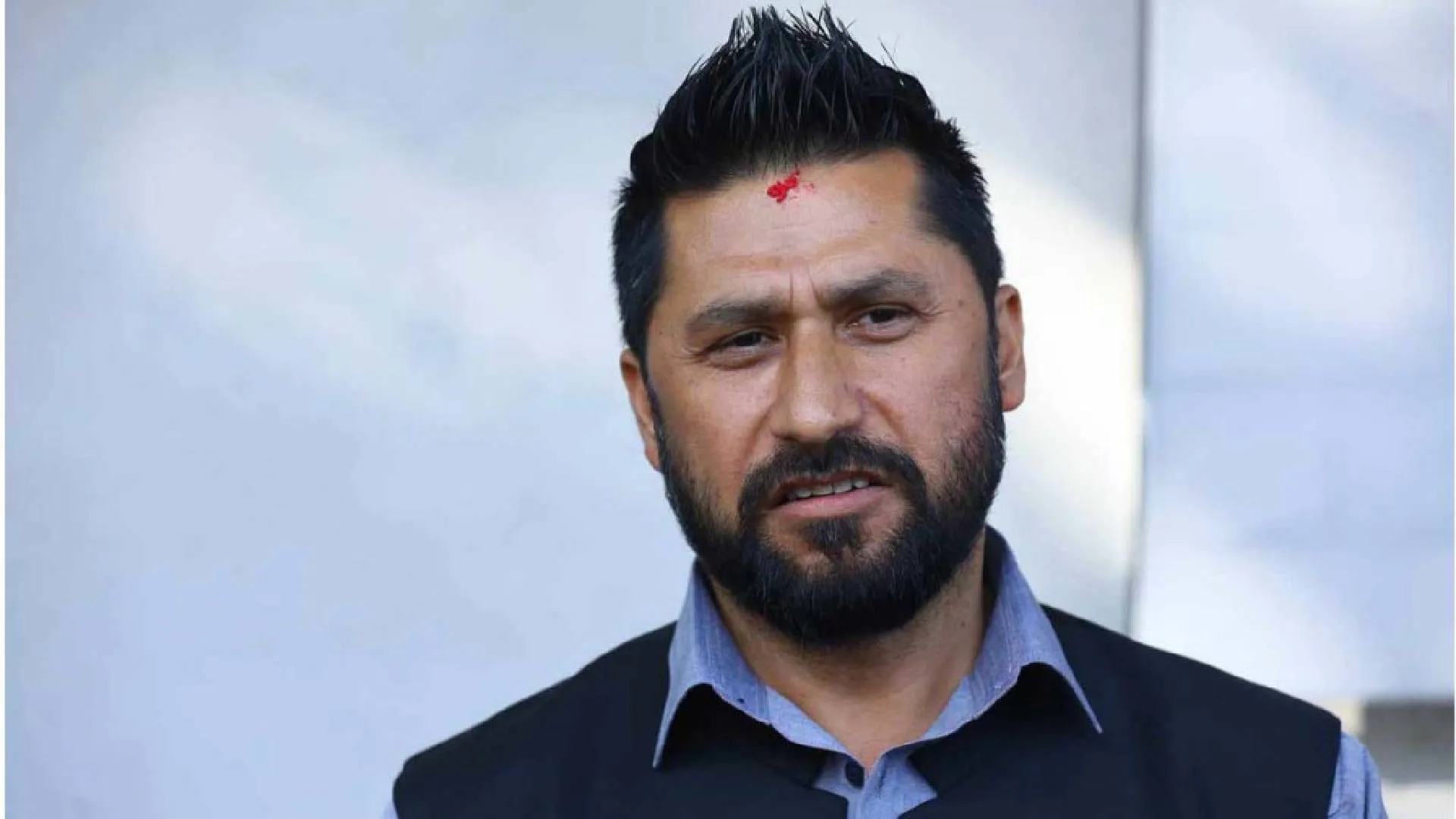Understanding Public Health in India
Public health is a crucial aspect of any nation’s well-being, focusing on protecting and improving the health of entire populations. In India, this field has seen significant developments and faced numerous challenges over the years.
The World Health Organization defines health as “a state of complete physical, mental and social well-being and not merely the absence of disease.” This holistic approach guides India’s public health initiatives.
Public health encompasses a wide range of activities, including education, health service provision, and protection from harmful exposures. It aims to safeguard communities through organized and systematic efforts.
Types of Diseases Affecting India
India grapples with two main categories of diseases: infectious and non-infectious. Infectious diseases, also known as communicable diseases, spread from person to person through various means.
These include physical contact, contaminated surfaces, insect bites, or airborne transmission. Examples of infectious diseases in India include cholera, chickenpox, and malaria.
Non-infectious diseases, on the other hand, do not spread between individuals. Factors such as age, nutrition, gender, and lifestyle influence these conditions.
Hypertension, diabetes, and cancer are examples of non-infectious diseases prevalent in India. These conditions often remain confined to the individual who has contracted them.
India’s Health Progress and Ongoing Challenges
India has made significant strides in improving public health over recent decades. Life expectancy has surpassed 67 years, and infant and under-five mortality rates have declined.
Several diseases, including polio, guinea worm disease, yaws, and tetanus, have been eradicated in the country. This progress reflects the effectiveness of various health initiatives.
However, communicable diseases continue to pose a major public health threat. Diseases like HIV/AIDS, tuberculosis, and malaria remain endemic, challenging the health security of the nation.
Vector-borne diseases such as dengue and acute encephalitis syndrome are of particular concern. These outbreaks demand high levels of readiness for early detection and rapid response.
Antimicrobial resistance has emerged as one of the biggest health challenges facing India and the world. This issue requires urgent attention and serious action.
The Rise of Non-Communicable Diseases
Non-communicable diseases (NCDs) have become the leading cause of death in India, contributing to 60% of all deaths. This shift in disease burden presents new challenges for the healthcare system.
Four diseases – heart disease, cancer, diabetes, and chronic pulmonary diseases – account for nearly 80% of all NCD-related deaths in the country.
These conditions share four common risk factors: tobacco use, harmful alcohol consumption, unhealthy diet, and lack of physical activity. Addressing these factors is crucial for NCD prevention.
Classification of Diseases
Understanding disease classification helps in organizing healthcare efforts. Diseases can be categorized based on various factors:
Anatomic classification refers to the affected organ or tissue, such as heart disease. Topographical classification further divides diseases into categories like vascular, chest, or gastrointestinal diseases.
Physiological classification includes diseases affecting processes or functions like metabolism or digestion. Pathological classification considers the nature of the disease, such as cancer’s uncontrolled cell growth.
Epidemiological classification focuses on the rate of occurrence, distribution, and control of diseases in populations. This approach is crucial for managing public health challenges.
Disease Prevention and Control Strategies
Preventing and controlling non-communicable diseases requires a comprehensive approach. This includes promoting lifestyle changes, implementing public health interventions, and providing medical treatment.
Key strategies involve encouraging balanced diets, regular exercise, and smoking cessation. These measures can significantly reduce the risk of developing conditions like diabetes and asthma.
For communicable diseases, prevention and control measures include vaccination, proper sanitation, and hygiene practices. Personal protection, such as using masks and gloves, also plays a vital role.
Early detection and treatment are crucial in preventing the spread of communicable diseases. Timely diagnosis and treatment of tuberculosis, for instance, can help curb its transmission.
Government Health Programmes
India has implemented numerous health programmes over the years to address various health challenges. These initiatives target specific health issues and aim to improve overall public health.
The National Programme for Prevention and Control of Cancer, Diabetes, Cardiovascular Disease and Stroke (NPCDCS) was established in 2010. It focuses on strengthening infrastructure, human resource development, and health promotion.
The National Mental Health Programme (NMHP), launched in 1982, aims to ensure access to mental healthcare, particularly for underprivileged segments of society.
Other significant programmes include the National Programme for Control of Blindness and Visual Impairment (NPCBVI) and the National Programme for Healthcare of Elderly (NPHCE).
The National Tobacco Control Programme (NTCP) works to raise awareness about tobacco’s harmful effects and reduce its consumption. It also aims to ensure effective implementation of tobacco control laws.
Global Impact of Diseases
The impact of communicable and non-communicable diseases extends beyond India’s borders. These health issues significantly affect global health and socioeconomic development.
According to the World Health Organization, communicable diseases account for about 29% of all deaths globally. Most of these deaths occur in low-income countries.
Non-communicable conditions are responsible for more than 70% of all deaths globally. By 2030, NCDs are projected to account for 80% of all deaths in low- and middle-income countries.
The burden of these diseases goes beyond health impacts. They have social and economic consequences that affect individuals and communities.
For instance, communicable diseases like HIV/AIDS can lead to social stigma, discrimination, and loss of income. Non-communicable diseases can result in reduced productivity and increased healthcare costs.
Challenges in India’s Healthcare System
Despite progress, India’s healthcare system faces numerous challenges. These issues hinder the provision of adequate healthcare services, particularly in rural areas.
Awareness problems persist, with many Indians lacking knowledge about crucial health and hygiene issues. A study in urban Haryana found that only 11.3% of adult girls had knowledge about reproductive health issues.
The distribution of healthcare resources remains uneven across the country. For example, there is one civil hospital bed for every 614 people in Goa, compared to one bed for 8,789 people in Bihar.
The quality of medical care in government hospitals often falls short of standards. A 2011 survey found that 6 out of 10 government hospitals in less developed areas lacked intensive care units.
The private healthcare sector, while growing, remains largely unregulated. A study in Madhya Pradesh revealed that only 11% of healthcare practitioners had a medical degree.
There is a significant shortage of medical professionals, with India having only 20 health workers for every 10,000 population as of 2011. This workforce is not evenly distributed across the country.
Weak governance and accountability also hinder the implementation of health policies and programmes. Lack of coordination between central and state governments often impedes progress.
Recommendations for Improvement
To address these challenges and improve India’s public health landscape, several key steps are necessary:
Increasing public spending on healthcare from 1.3% of GDP in 2012 to 3% by 2025 is crucial. This increase in funding can help strengthen healthcare infrastructure and services.
A greater share of public spending should be allocated to prevention and primary care coverage. This shift can help reduce the burden of diseases and improve overall health outcomes.
Piloting and scaling up universal coverage models can help guarantee essential care for all citizens. This approach can reduce healthcare disparities and improve access to services.
Driving policy consensus among central and state governments is essential to ensure uniformity in health regulations and prioritize health initiatives.
Defining a vision and roadmap for non-communicable diseases and healthy living can guide future health interventions. This should include rolling out high-impact public health measures.
Mandating minimum quality standards for healthcare providers, diagnostic centers, and device manufacturers can improve the overall quality of healthcare services.
Investing in an IT backbone and interoperability standards in healthcare can enhance data management and service delivery. Providing incentives for adoption can accelerate this process.
Building competency in Health Technology Assessments (HTAs) can help manage access to innovation in publicly funded products and services.
Conclusion
India’s public health landscape is complex and evolving. While significant progress has been made in areas such as life expectancy and disease eradication, numerous challenges remain.
The country faces a dual burden of communicable and non-communicable diseases, each requiring distinct strategies for prevention and control. Government health programmes have made strides in addressing various health issues, but their implementation and reach need improvement.
Challenges in the healthcare system, including resource disparities, awareness issues, and workforce shortages, demand urgent attention. Addressing these issues requires a multi-faceted approach involving increased funding, policy reforms, and innovative solutions.
By implementing the recommended improvements and maintaining a focus on both prevention and treatment, India can work towards a healthier future for its population. This journey towards better public health will require sustained effort, collaboration, and commitment from all stakeholders involved.






















